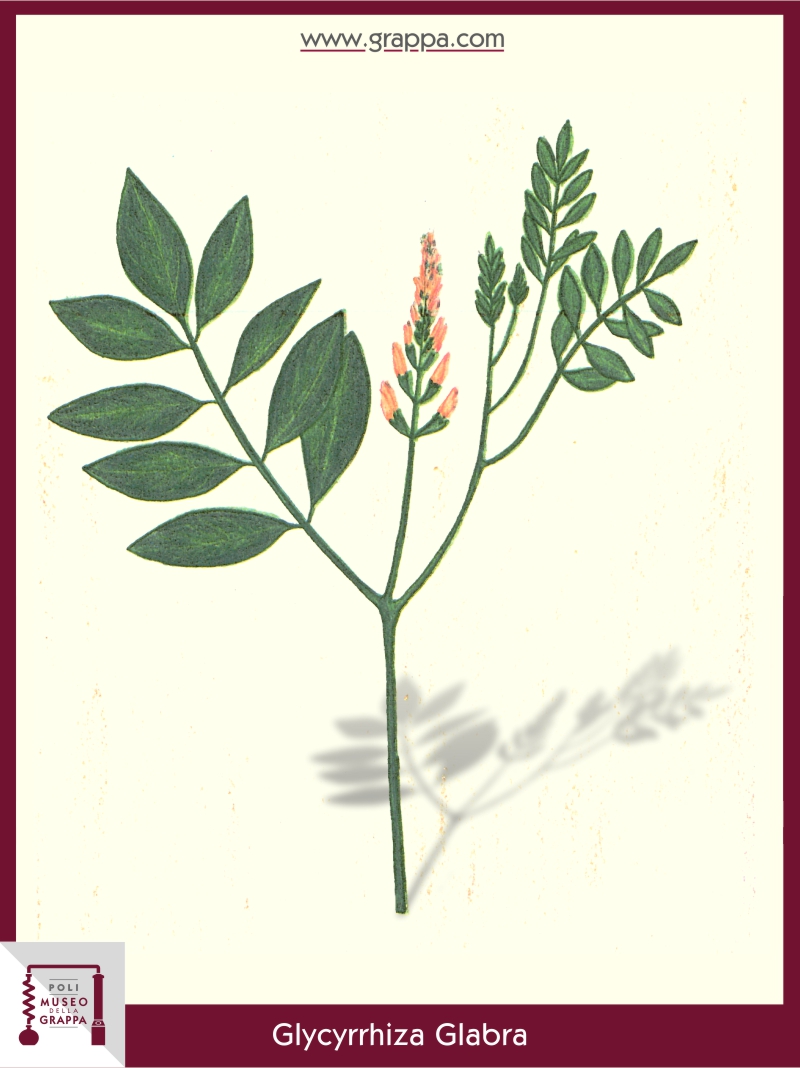The sweet root
- Plant: Liquorice, Licorice (Glycyrrhiza Glabra)
- Plant part: root
- Plant feauters: digestive, antiacid, diuretic, anti-inflammatory, expectorant, antiseptic, laxative, thirst-quenching, antiulcerant, softening, emollient

-
Description:
The very name of licorice (Glycyrrhiza = sweet root) clearly shows that this plant has always been appreciated as a corrective for the taste.
Even in ancient Egypt and in ancient India it was used for this purpose, but not only: Theophrastus himself exalts it in his „story of plants" (chap. XIII of the ninth book as refers Mattioli) as miraculous medicine.
"The root freshly chewed", he says, „not only quenches thirst, but retards also hunger retaining the strengths for many days"; perhaps for this reason Licorice became known as the „root of Syria" because, again according to Theophrastus, these populations lived sometimes for ten or twelve days without taking any food, only chewing and sucking this root.The above and subsequent confirmation by outstanding personalities of medicine (such as Hippocrates, Galen and Dioscorides) let increase greatly the reputation of this plant, so much that the spontaneously growing plant was no longer sufficient and it had to be cultivated intensively.
The first major cultivations were introduced in the tenth century by the Benedictines mainly in Italy and Spain; the Mediterranean area with its mild wintry climate and its proximity to the sea, still appears tob e favorable to optimal development of this pulse.
Abruzzo, Calabria and Sicily provide us still large amounts of liquorice root that is used both by the pharmaceutical and the liqueur industry.
-
Note:
Prolonged use and abuse of preparations of the active ingredient of licorice, the glicirizzina, may cause an increase in blood pressure. Therfore it's recommended not to exceed the average daily dose of the plant, that amounts from 5 to 15 grams of licorice, and not to extend the intake for more than six weeks. Contraindicated for high blood pressure and in cases of chronic hepatitis.
The recipe
-
Ingredients:
- 1 liter of Grappa
- 50 g of licorice root -
Preparation:
Grappa Liquorice root imparts an intense yellow, almost brown color and a naturally sweet taste; 50 g root are sufficient to let macerate for three months in a liter of Grappa.
Poli Distillerie and
Poli Grappa Museum
Newsletter
Subscribe our newsletter to keep up to date with our latest news.